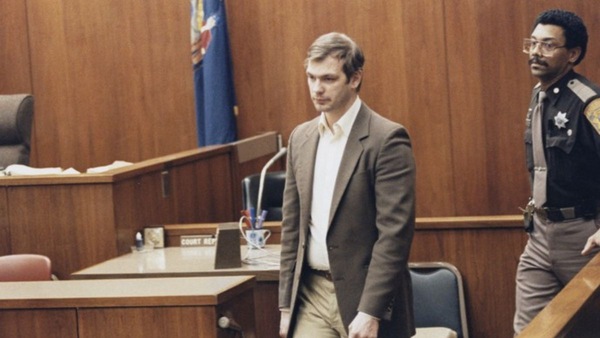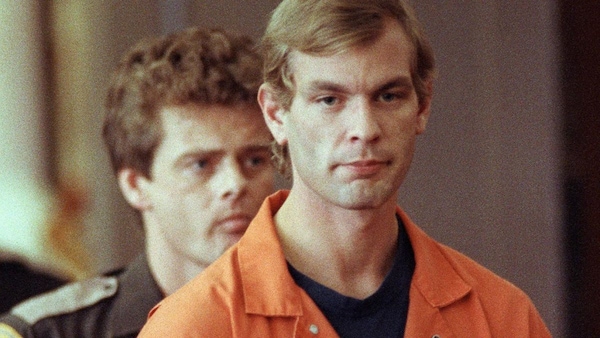Conversations With a Killer: The Jeffrey Dahmer Tapes review: An unnecessary retelling of the Jeffrey Dahmer story
The third instalment in the Conversations With a Killer series focuses on the infamous serial killer Jeffery Dahmer

Last Updated: 01.01 AM, Oct 08, 2022
Story: In July 1991, Milwaukee police discover human skulls, bones, and other body parts in the apartment of 31-year-old Jeffrey Dahmer. During interrogation, Dahmer confesses to killing and dismembering 17 men between 1978 and 1991. His lawyer later records over 32 hours of conversation wherein Dahmer describes his heinous crimes and what went inside his mind after committing the murders.
Review: Conversations With a Killer: The Jeffrey Dahmer Tapes is the third installment in Netflix’s Conversations With a Killer series, the previous two focused on Ted Bundy and John Wayne Gacy. Interestingly, the docuseries was released two weeks after the streamer dropped Ryan Murphy’s Dahmer – Monster: The Jeffrey Dahmer Story, a fictional account of the notorious serial killer whom the media called the Milwaukee cannibal. The series starring Evan Peters is now one of the most-watched shows on the platform. So after watching the latest docuseries, one is bound to ask whether we really needed another retelling of Dahmer’s depravity.

The documentary follows the same format as the previous ones in the series. While Murphy’s show is largely told through the perspectives of Dahmer’s victims, the documentary relies on interviews with lawyers, policemen, journalists, and the conversations between Dahmer and his defence lawyer, Wendy Patrickus. The disclosures are chilling and gut-wrenching, but they are not something that we haven’t known or heard before.
The first episode Sympathy for The Devil mostly explores Dahmer’s childhood and his relationship with his parents, who endured a strained marriage. With the birth of his brother, Dahmer felt neglected and uncared for. But when his mother, along with his brother, leaves their home, it leads Dahmer to spiral into loneliness and isolation. We are also told that from a young age Dahmer was fascinated by bones and skeletons. As a child, Dahmer collected the bones of roadkill and dead animals and preserved them in formaldehyde. This was the beginning of his journey of brutality and madness.

Through Dahmer’s conversations with Patrickus, we get a sense of his thoughts and desires that led him to kill 17 men and indulge in necrophilia and cannibalism. Many of his victims were men of colour whom he picked up from local gay bars. At one point, Dahmer also mentions that he tried hard to resist his fantasies and repress his sexuality. But he eventually gave up. He tells Patrickus, “I just tried to find some happiness my own way, which was obviously the wrong way.”

The docuseries also explores the racial and political climate in the US at the time when Dahmer committed these crimes. The death of fourteen-year-old Konerak Sinthasomphone, Dahmer’s youngest victim, led to a huge public outcry against the lack of alertness and laxity of cops in investigating the case. Many alleged that the police attitude was discriminating against people of colour and the gay community.
Unlike what the title suggests, the docuseries relies more extensively on the accounts of Patrickus and other interviewees than that of Dahmer himself. We don’t hear much of the actual audio recording between Patrickus and Dahmer, which was unreleased until now. Plus, an inconsistency in pacing and the long runtime further affects the viewing experience.

Verdict: If you have already watched Murphy’s Dahmer – Monster: The Jeffrey Dahmer Story, then this docuseries will not offer anything new. But if you are interested in understanding the psyche of the serial killer, then maybe you could give this a watch.
WHERE
TO WATCH
Subscribe to our newsletter for top content, delivered fast.

